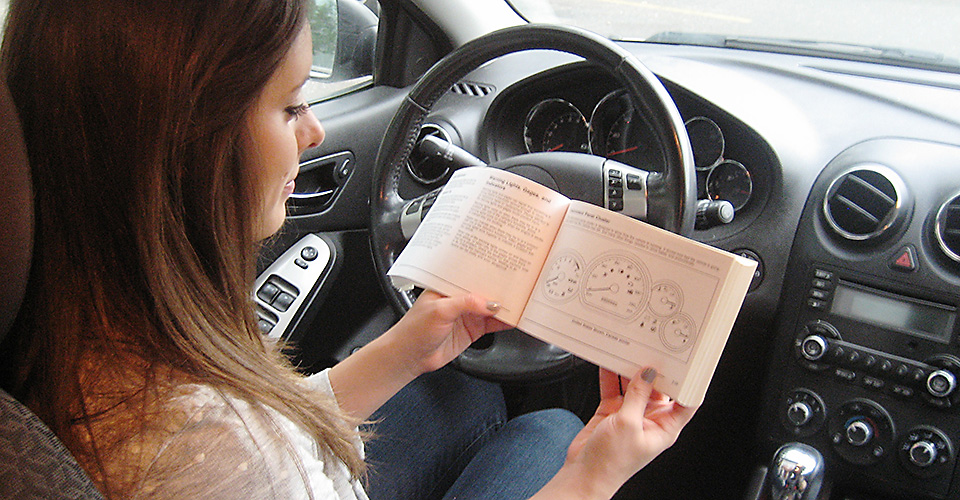Knowing how to drive a car is an essential skill that is very helpful in anyone’s life. This is why it makes sense to learn to drive as early as possible. If you feel like your children are ready to sit behind the wheel, or if they’re already asking you to let them drive, you can become their first driving instructor and teach them the basics on driving. Find out how to make this process less stressful and more efficient with our tips!
Start at home
Before your kid grabs the wheel of the car, it’s important to learn some basic information about cars and driving. If he’s going to drive your car in the beginning, study the owner’s manual together, as well as the driver’s handbook. Learning to drive without knowing all the rules and guidelines of the road is not only irresponsible, but also dangerous, which is why the teaching process should start with reviewing the rules. It’s also a good idea to brush up on your student’s knowledge of the construction of the car and especially the driver’s cabin, so that he always knows which button to press and which lever to pull.
Become the example
One of the best teaching practices is to show instead of telling, and it works for driving as well. You need to become an ideal driver long before you plan to teach your son or daughter how to drive. Remember: kids tend to copy their parents. This is why your behaviour behind the wheel will definitely copied by your children, including road rage, disrespect towards other drivers, breaking the road rules, and so on. If you want your children to become responsible and diligent drivers, you need to become one as well.
Plan your route
When your student is only beginning to learn how to drive, you can’t just switch seats in the middle of a busy street and tell them to start the car. Before you leave the house, you need have a plan for your journey at hand. Use a map service like Google Maps to create a route for today’s driving session. Make sure it’s located in a well-known area and includes the necessary setting to practice the desired skills. As your children grow to be more confident on the road, you can plan your route accordingly – for example, include highways, three-point turns, difficult landscape, and so on.
Stay away from busy streets
In the early stages of the teaching process it’s important to avoid putting too much pressure on the student, and driving through lots of traffic is not going to give your children anything but anxiety and stress. Busy streets and intersections should be left for the last stages of the learning. When your kids are only starting their driving journey, driving through a street filled with cars may cause them to panic, which often leads to dangerous mistakes, freezing in the middle of the road, or emergency braking.
Study controls
Before you move on to driving, your students need to know the theory of how the car is built. However, when they’re already behind the wheel, you both need to work on the car’s controls – discuss their functions and practice using them in different settings. Among the most important controls and driving techniques to study we can name the following:
- Smooth and even acceleration and deceleration
- Changing gears (in case you drive a manual transmission car)
- Turning left and right + U-turns
- Parallel parking and backing the car
- Learning the true size of the car and knowing where the car will and won’t fit
Drive in different weather conditions
If your children learn how to drive only on warm and sunny days, it won’t give them enough skills to confidently drive a car in other conditions. As your student feels more comfortable in the driver’s seat, you can teach him how to drive during rain or storm. That way he won’t be taken aback by difficult weather and will know how to drive safely and confidently.
Find your dream vehicle on Jiji
















